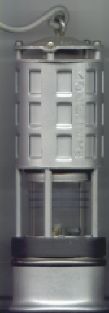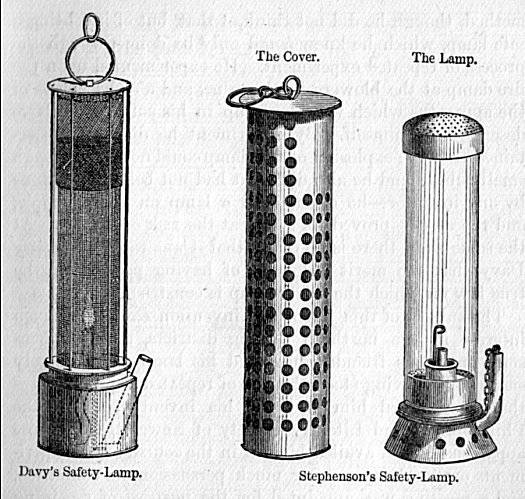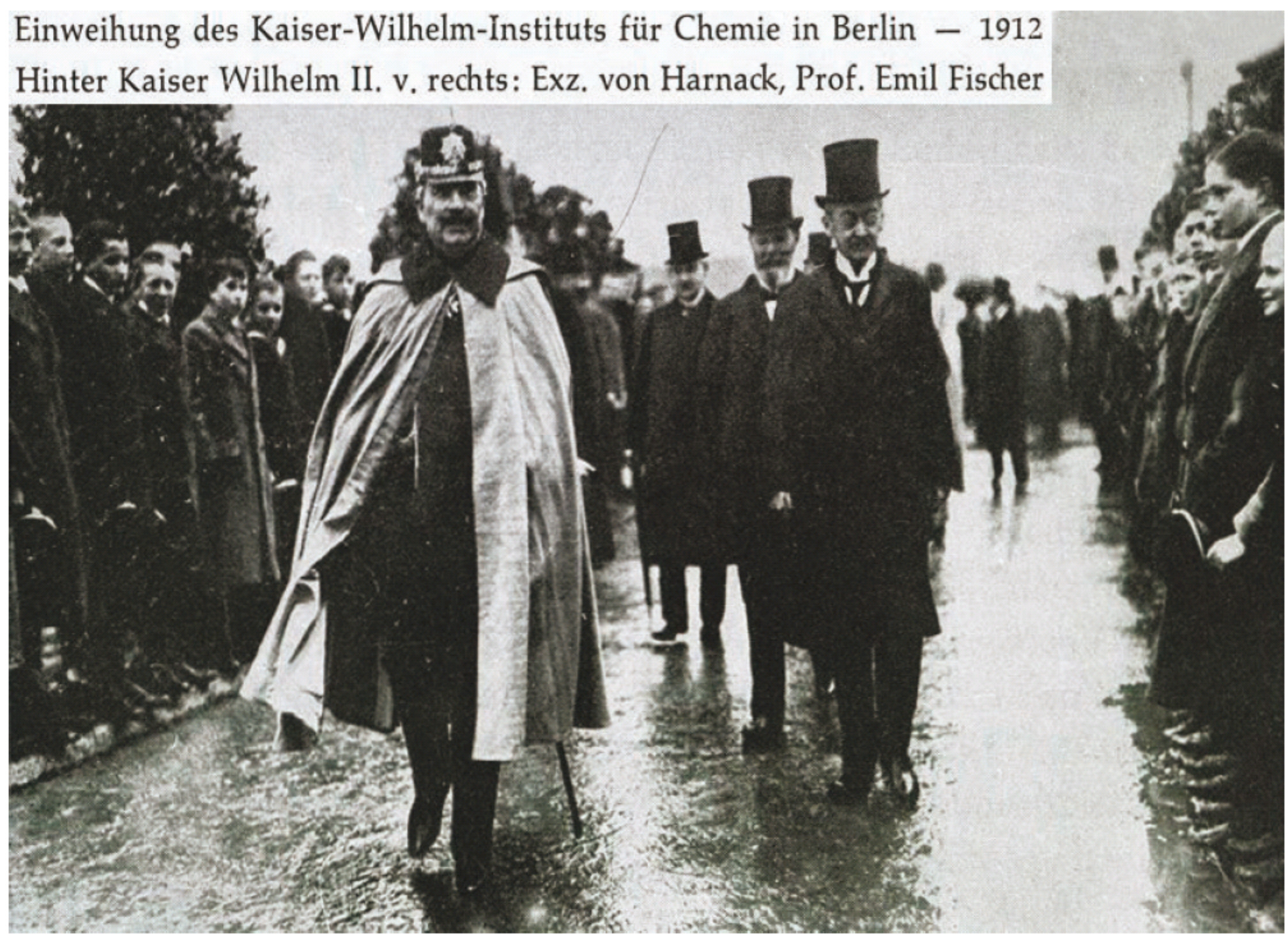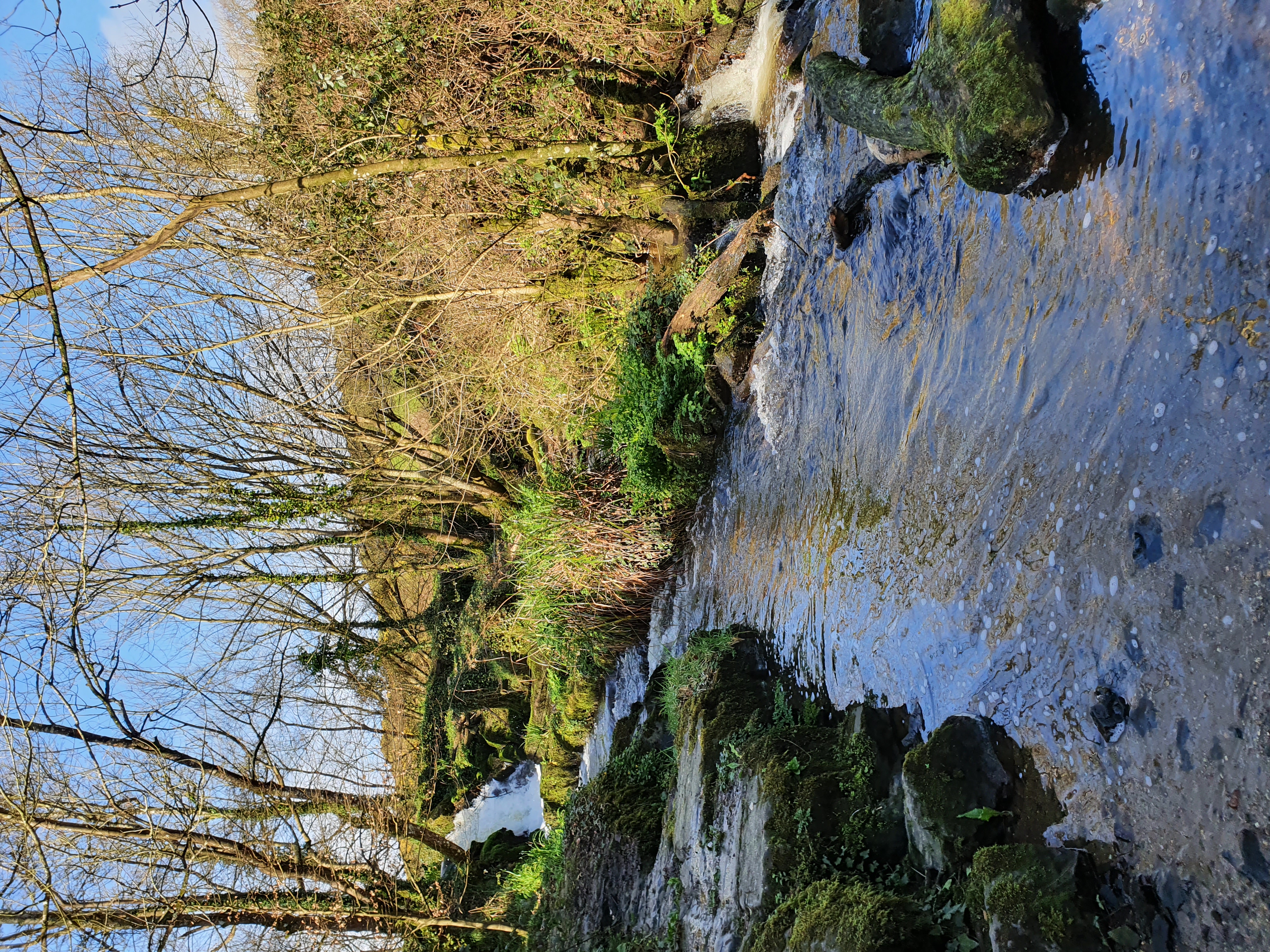|
Firedamp
Firedamp is any flammable gas found in coal mines, typically coalbed methane. It is particularly found in areas where the coal is bituminous. The gas accumulates in pockets in the coal and adjacent strata and, when they are penetrated, the release of the gas can cause explosions. Historically, if such a pocket was highly pressurized, it was termed a "bag of foulness". Name Damp is the collective name given to all gases (other than air) found in coal mines in Great Britain and North America. As well as firedamp, other damps include '' blackdamp'' (nonbreathable mixture of carbon dioxide, water vapour and other gases); whitedamp (carbon monoxide and other gases produced by combustion); poisonous, explosive '' stinkdamp'' (hydrogen sulfide), with its characteristic rotten-egg odour; and the insidiously lethal '' afterdamp'' (carbon monoxide and other gases) which are produced following explosions of firedamp or coal dust. Etymology Often hyphenated as fire-damp, this ... [...More Info...] [...Related Items...] OR: [Wikipedia] [Google] [Baidu] |
Safety Lamp
A safety lamp is any of several types of lamp that provides illumination in places such as coal mines where the air may carry coal dust or a build-up of flammable gases, which may explode if ignited, possibly by an electric spark. Until the development of effective electric lamps in the early 1900s, miners used flame lamps to provide illumination. Open flame lamps could ignite flammable gases which collected in mines, causing explosions; safety lamps were developed to enclose the flame to prevent it from igniting the explosive gases. Flame safety lamps have been replaced for lighting in mining with sealed explosion-proof electric lights, but continue to be used to detect gases. Background Damps or gases Miners have traditionally referred to the various gases encountered during mining as damps, from the Middle Low German word ''dampf'' (meaning "vapour"). Damps are variable mixtures and are historic terms. * '' Firedamp'' Naturally occurring flammable mixtures, principally ... [...More Info...] [...Related Items...] OR: [Wikipedia] [Google] [Baidu] |
Davy Lamp
The Davy lamp is a safety lamp used in flammable atmospheres, invented in 1815 by Sir Humphry Davy.Brief History of the Miner's Flame Safety Lamp at minerslamps.net. Accessed 7 July 20121 It consists of a Candle wick, wick lamp with the flame enclosed inside a mesh screen. It was created for use in coal mines, to reduce the danger of explosions due to the presence of methane and other flammable gases, called ''firedamp'' or ''Damp (mining), minedamp.'' History German polymath Alexander von Humboldt, working for the German Bureau of Mines, had concerns for the health and welfare of the miners and invented a kind of respirator and "four lamps of different construction suitable for employment in various circumstances. The respirator was to prevent the inhaling o ...[...More Info...] [...Related Items...] OR: [Wikipedia] [Google] [Baidu] |
Sir James Lowther, 4th Baronet
Sir James Lowther, 4th Baronet, FRS (1673 – 2 January 1755) was an English landowner, industrialist and Whig politician who sat in the House of Commons for 54 years between 1694 and 1755. His ownership and development of coal mines around Whitehaven in Cumberland gave him substantial revenues, and he was reputed the richest commoner in England. Early life Lowther was baptised on 5 August 1673 at St Giles in the Fields, London, the second son of Sir John Lowther, 2nd Baronet and Jane Leigh. Educated privately in London, he attended Queen's College, Oxford and the Middle Temple. On the death of his father in 1706, the baronetcy was inherited by James's elder brother Christopher, but Christopher (whose drinking and gambling had led his father to disinherit him) was cut off with an annuity of about £100 a year and the family properties passed to James, who subsequently inherited the baronetcy in 1731, when his brother died without children. Politics In 1694, Lowther was ret ... [...More Info...] [...Related Items...] OR: [Wikipedia] [Google] [Baidu] |
Geordie Lamp
The Geordie lamp was a safety lamp for use in flammable atmospheres, invented by George Stephenson in 1815 as a miner's lamp to prevent explosions due to firedamp in coal mines. Origin In 1815, Stephenson was the engine-wright at the Killingworth Colliery in Northumberland and had been experimenting for several years with candles close to firedamp emissions in the mine. In August, he ordered an oil lamp, which was delivered on 21 October and tested by him in the mine in the presence of explosive gases. He improved this over several weeks with the addition of capillary tubes at the base so that it gave more light, and tried new versions on 4 and 30 November. This was presented to the Literary and Philosophical Society of Newcastle upon Tyne (Lit & Phil) on 5 December 1815. Although controversy arose between Stephenson's design and the Davy lamp (invented by Humphry Davy in the same year), Stephenson's original design worked on significantly different principles from Davy's fina ... [...More Info...] [...Related Items...] OR: [Wikipedia] [Google] [Baidu] |
Firedamp Whistle
A firedamp whistle (German: ''Schlagwetterpfeife'') is an instrument for the prophylactic indication of firedamp — flammable gases often present in coal mines. History The German Emperor Wilhelm II, German Emperor, Wilhelm II asked Fritz Haber in 1912, shortly after the opening of the Kaiser Wilhelm Institute for Physical Chemistry and Electrochemistry in Berlin, for the construction of a warning system for the presence of firedamp. Within a year Haber developed the methane whistle and presented it to the emperor in a lecture on October 28, 1913. Haber tried hard to market the device and eventually signed a contract with the Auergesellschaft. Unfortunately, the device did not prevail, since the calibration of the pipes under working conditions in a Coal mining, colliery was not practical. Mode of operation The simultaneous use of two equally-tuned pipes, of which one is blown with atmospheric air and the second with another gas, results in two only slightly different t ... [...More Info...] [...Related Items...] OR: [Wikipedia] [Google] [Baidu] |
Humphry Davy
Sir Humphry Davy, 1st Baronet (17 December 177829 May 1829) was a British chemist and inventor who invented the Davy lamp and a very early form of arc lamp. He is also remembered for isolating, by using electricity, several Chemical element, elements for the first time: potassium and sodium in 1807 and calcium, strontium, barium, magnesium and boron the following year, as well as for discovering the elemental nature of chlorine and iodine. Davy also studied the forces involved in these separations, inventing the new field of electrochemistry. Davy is also credited with discovering clathrate hydrates. In 1799, he experimented with nitrous oxide and was astonished at how it made him laugh. He nicknamed it "laughing gas" and wrote about its potential as an Anesthesia, anaesthetic to relieve pain during surgery. Davy was a baronet, President of the Royal Society (PRS), Member of the Royal Irish Academy (MRIA), a founder member and Fellow of the Geological Society of London, and a ... [...More Info...] [...Related Items...] OR: [Wikipedia] [Google] [Baidu] |
Afterdamp
Afterdamp is the toxic mixture of gases left in a mine following an explosion caused by methane-rich firedamp, which itself can initiate a much larger explosion of coal dust. The term is etymologically and practically related to other terms for underground mine gases—such as firedamp, white damp, and black damp, with afterdamp being composed, rather, primarily by carbon dioxide, carbon monoxide and nitrogen, with highly toxic stinkdamp-constituent hydrogen sulfide possibly also present. However, the high content of carbon monoxide is the component that kills, preferentially combining with haemoglobin in the blood and thus depriving victims of oxygen. Globally, afterdamp has caused many of the casualties in disasters of pit coalfields, including British, such as the Senghenydd colliery disaster. Such disasters continue to afflict working mines, for instance in mainland China. Etymology The meaning of "damp" in this term, while most commonly understood to imply humidity, pre ... [...More Info...] [...Related Items...] OR: [Wikipedia] [Google] [Baidu] |
Whitehaven
Whitehaven is a town and civil parish in the Cumberland (unitary authority), Cumberland district of Cumbria, England. It is a port on the north-west coast, and lies outside the Lake District National parks of England and Wales, National Park. It is south-west of Carlisle. The parish also includes the small village of Sandwith, Cumbria, Sandwith. At the 2021 United Kingdom census, 2021 census the parish had a population of 24,040 and the Whitehaven built up area had a population of 22,945. The town's growth was largely due to the exploitation of the extensive coal measures by the Lowther family, driving a growing export of coal through the harbour from the 17th century onwards. It was also a major port for trading with the Thirteen Colonies, American colonies, and was, after London, the second busiest port of England by tonnage from 1750 to 1772. This prosperity led to the creation of a Georgian architecture, Georgian planned town in the 18th century which has left an architect ... [...More Info...] [...Related Items...] OR: [Wikipedia] [Google] [Baidu] |
Coal Dust
Coal dust is a fine-powdered form of coal which is created by the crushing, grinding, or pulverizer, pulverization of coal rock. Because of the brittle nature of coal, coal dust can be created by mining, transporting, or mechanically handling it. Grinding or pulverizing coal to a dust form before combusting it improves the speed and efficiency of burning, which makes the coal easier to handle. However, coal dust is dangerous goods, hazardous to workers if it is suspended in air outside the controlled environment of grinding and combustion equipment. It poses the acute hazard of forming an explosive mixture in air and the chronic hazard of causing pulmonary illness in people who inhale excessive quantities of it. The distribution of the particle-size of coal dust is frequently measured in Mesh (scale), mesh. The British slang term for cheap fuel consisting of coal dust (slack) containing small lumps of coal (nuts) is wikt:nutty slack, nutty slack. Energy generation For use in the ... [...More Info...] [...Related Items...] OR: [Wikipedia] [Google] [Baidu] |
George Stephenson
George Stephenson (9 June 1781 – 12 August 1848) was an English civil engineer and Mechanical engineering, mechanical engineer during the Industrial Revolution. Renowned as the "Father of Railways", Stephenson was considered by the Victorian era, Victorians as a great example of diligent application and thirst for improvement. His chosen Track gauge#The Stockton and Darlington Railway, rail gauge, sometimes called "Stephenson gauge", was the basis for the standard gauge used by most of the world's railways. Pioneered by Stephenson, rail transport was one of the most important technological inventions of the 19th century and a key component of the Industrial Revolution. Built by George and his son Robert Stephenson, Robert's company Robert Stephenson and Company, the Locomotion No. 1, ''Locomotion'' No. 1 was the first steam locomotive to carry passengers on a public rail line, the Stockton and Darlington Railway in 1825. George also built the first public inter-city railway ... [...More Info...] [...Related Items...] OR: [Wikipedia] [Google] [Baidu] |
Tyneside
Tyneside is a List of urban areas in the United Kingdom, built-up area across the banks of the River Tyne, England, River Tyne in Northern England. The population of Tyneside as published in the United Kingdom Census 2011, 2011 census was 774,891, making it the eighth most-populous List of urban areas in the United Kingdom, urban area in the United Kingdom. Tyneside is made up of the metropolitan borough, metropolitan boroughs of Newcastle upon Tyne, Metropolitan Borough of Gateshead, Gateshead, North Tyneside and South Tyneside. The area is surrounded by the North East Green Belt. Residents of the area are commonly referred to as Geordies. Settlements The Office for National Statistics, ONS 2011 census had 774,891 census respondents inside the "Tyneside Built-up Area" or "Tyneside Urban Area". These figures are a decline from 879,996; this loss was mainly due to the ONS reclassifying Hetton-le-Hole, Houghton-le-Spring, Chester-le-Street and Washington, Tyne and Wear, Washingt ... [...More Info...] [...Related Items...] OR: [Wikipedia] [Google] [Baidu] |
Whitedamp
Whitedamp is a noxious mixture of gases formed by the combustion of coal, usually in an enclosed environment such as a coal mine. The main, most toxic constituent is carbon monoxide, which causes carbon monoxide poisoning. Hydrogen sulfide, also called stinkdamp, may co-occur. Coal frequently starts to burn slowly in mines when it is exposed to the atmosphere; partial combustion produces carbon monoxide. The term is etymologically and practically related to terms for other underground mine gases such as firedamp, black damp, stink damp, and afterdamp. Etymology The meaning of "damp" in this term, while most commonly understood to imply humidity, presents evidence of having been separated from that newer, irrelevant meaning at least by the first decade of the 18th century, where the original relevant meaning of "vapor" derives from a Proto-Germanic origin, ''dampaz'', which gave rise to its immediate English predecessor, the Middle Low German ''damp'' (with no record of an Old Eng ... [...More Info...] [...Related Items...] OR: [Wikipedia] [Google] [Baidu] |








